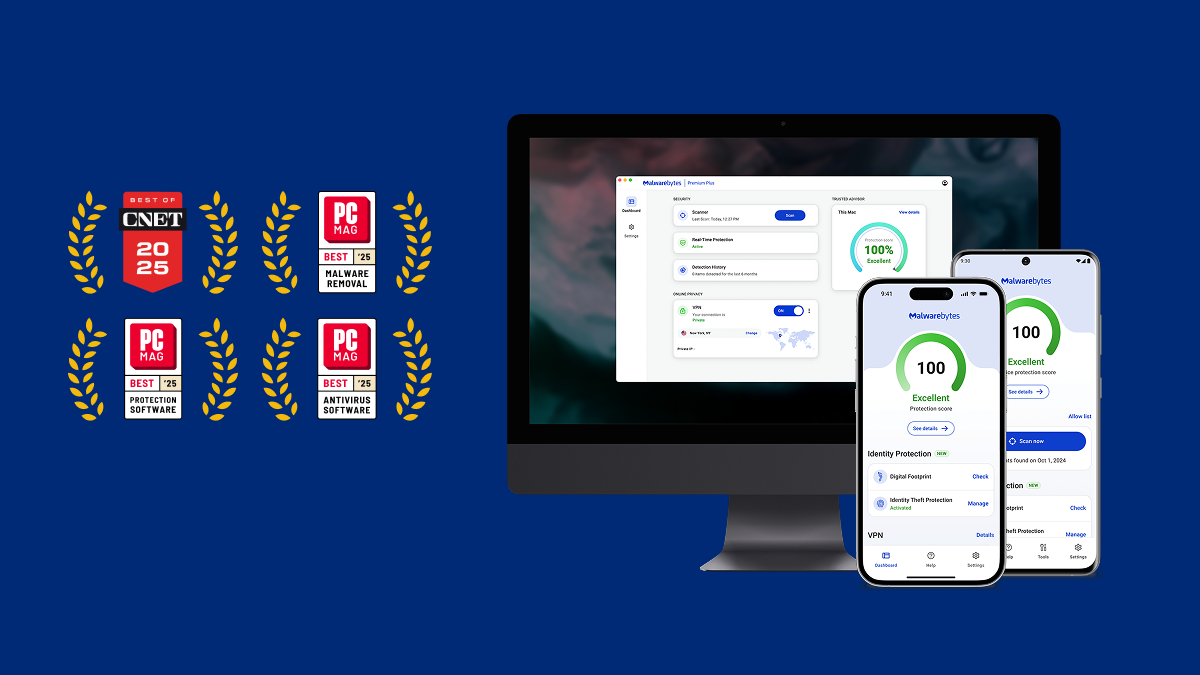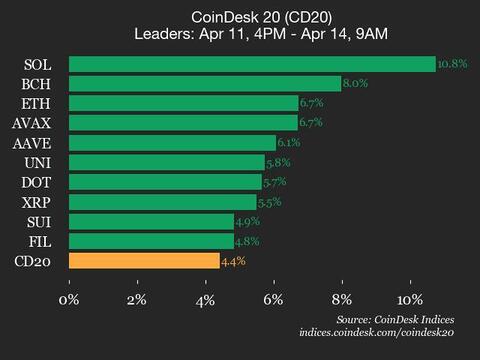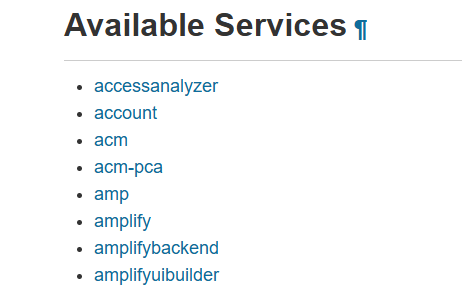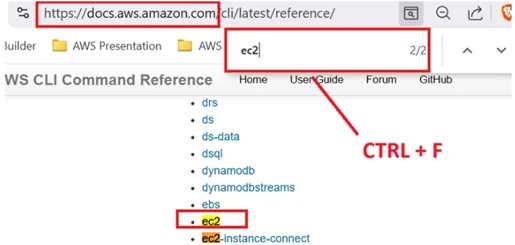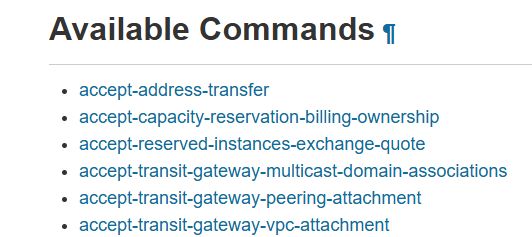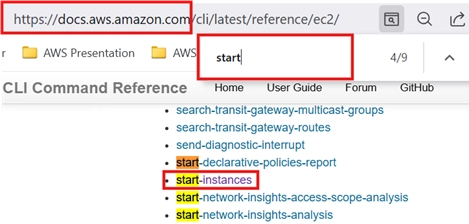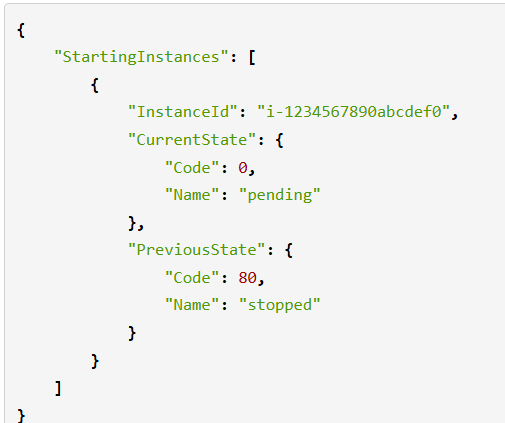AWS Documentation: Your Essential Reference for Linux Command Lines
If you've ever tried to track down the exact syntax for an AWS CLI command and felt stuck, you're definitely not alone. The AWS Documentation website is an invaluable resource for navigating the complexity of AWS. In this article, I'll demonstrate how to use it effectively with a real-life example: starting an EC2 instance using the AWS CLI. 1. A Goldmine of Resources 2. How to Quickly Find What You Need 3. Why AWS Documentation Matters 4. Summary 1. A Goldmine of Resources Not only will you find a full command library for working with AWS services, but you’ll also discover step-by-step instructions for building real-world projects. Want to host a WordPress blog on Amazon EC2? No problem, you'll find full instructions, sample commands, and best practices are right there. The AWS Documentation site has so much more: AWS service guides Whitepapers Best practice playbooks Sample code User guides CLI references It’s seriously a wealth of knowledge that many people overlook. 2. How to Quickly Find What You Need Here's a quick tip I use all the time: Let’s say you need to start an EC2 instance but can’t recall the command syntax. a. Just jump to your browser and type aws cli reference. The first hit in your browser you see is "AWS CLI Command Reference". b. On that page, scroll down to the Available Services section. You'll see a huge list of all of the AWS Services. c. Pick your service: Since there are so many services on a page like this, no need to scroll endlessly. Just press CTRL + F and search for what you need. For example, in the search box at the top of the page, type ec2 to jump right to the EC2 Instance service. d. Click on the EC2 and then scroll to the Available Commands section. e. Press CTRL + F and search for what you need. For example, type start or stop to jump right to the instance management commands. f. Click on the command link start-instances and on that page, scroll down to the Examples section to a sample command. Here you will find the syntax for starting and instance: Command: Terminal Output: Explanation and Use Case: The command aws ec2 start-instances initiates a stopped EC2 instance using its unique instance-id. The output confirms the transition of the instance's state from stopped to pending. This ability is crucial for managing resources efficiently, especially in scenarios where cost-saving measures demand stopping instances during off-peak hours and restarting them as needed. 3. Why AWS Documentation Matters AWS Documentation is more than just a reference; it’s a lifesaver. For commands to manage your AWS Service, the website provides: Command Syntax: Clear examples like the one above. Detailed Descriptions: Understand not just the "how" but also the "why." Use Cases: Learn practical applications to solve real-world problems. By leveraging this resource, you can simplify workflows, minimize errors, and enhance your productivity. 4. Summary While today I’m focusing on Linux commands, this is only a small piece of what’s available on the AWS Documentation website. There’s a massive library of content for just about anything you want to do in AWS. Here’s the link:

If you've ever tried to track down the exact syntax for an AWS CLI command and felt stuck, you're definitely not alone. The AWS Documentation website is an invaluable resource for navigating the complexity of AWS. In this article, I'll demonstrate how to use it effectively with a real-life example: starting an EC2 instance using the AWS CLI.
1. A Goldmine of Resources
2. How to Quickly Find What You Need
3. Why AWS Documentation Matters
4. Summary
1. A Goldmine of Resources
Not only will you find a full command library for working with AWS services, but you’ll also discover step-by-step instructions for building real-world projects. Want to host a WordPress blog on Amazon EC2? No problem, you'll find full instructions, sample commands, and best practices are right there.
The AWS Documentation site has so much more:
- AWS service guides
- Whitepapers
- Best practice playbooks
- Sample code
- User guides
- CLI references
It’s seriously a wealth of knowledge that many people overlook.
2. How to Quickly Find What You Need
Here's a quick tip I use all the time: Let’s say you need to start an EC2 instance but can’t recall the command syntax.
a. Just jump to your browser and type aws cli reference. The first hit in your browser you see is "AWS CLI Command Reference".
b. On that page, scroll down to the Available Services section.
You'll see a huge list of all of the AWS Services.
c. Pick your service:
Since there are so many services on a page like this, no need to scroll endlessly. Just press CTRL + F and search for what you need. For example, in the search box at the top of the page, type ec2 to jump right to the EC2 Instance service.
d. Click on the EC2 and then scroll to the Available Commands section.
e. Press CTRL + F and search for what you need. For example, type start or stop to jump right to the instance management commands.
f. Click on the command link start-instances and on that page, scroll down to the Examples section to a sample command.
Here you will find the syntax for starting and instance:
Command:
Explanation and Use Case:
The command aws ec2 start-instances initiates a stopped EC2 instance using its unique instance-id. The output confirms the transition of the instance's state from stopped to pending. This ability is crucial for managing resources efficiently, especially in scenarios where cost-saving measures demand stopping instances during off-peak hours and restarting them as needed.
3. Why AWS Documentation Matters
AWS Documentation is more than just a reference; it’s a lifesaver. For commands to manage your AWS Service, the website provides:
- Command Syntax: Clear examples like the one above.
- Detailed Descriptions: Understand not just the "how" but also the "why."
- Use Cases: Learn practical applications to solve real-world problems.
By leveraging this resource, you can simplify workflows, minimize errors, and enhance your productivity.
4. Summary
While today I’m focusing on Linux commands, this is only a small piece of what’s available on the AWS Documentation website. There’s a massive library of content for just about anything you want to do in AWS.
Here’s the link:











































































































































































![[The AI Show Episode 143]: ChatGPT Revenue Surge, New AGI Timelines, Amazon’s AI Agent, Claude for Education, Model Context Protocol & LLMs Pass the Turing Test](https://www.marketingaiinstitute.com/hubfs/ep%20143%20cover.png)












































































































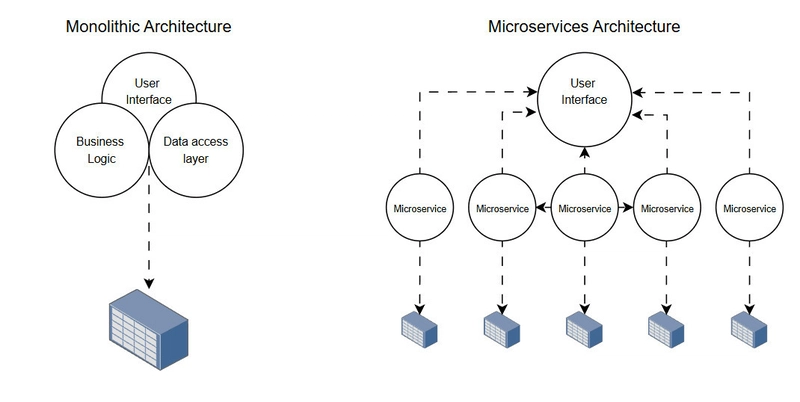












![[DEALS] Microsoft Visual Studio Professional 2022 + The Premium Learn to Code Certification Bundle (97% off) & Other Deals Up To 98% Off](https://www.javacodegeeks.com/wp-content/uploads/2012/12/jcg-logo.jpg)

![From Accountant to Data Engineer with Alyson La [Podcast #168]](https://cdn.hashnode.com/res/hashnode/image/upload/v1744420903260/fae4b593-d653-41eb-b70b-031591aa2f35.png?#)






































































































.png?#)







































.webp?#)
.webp?#)


















































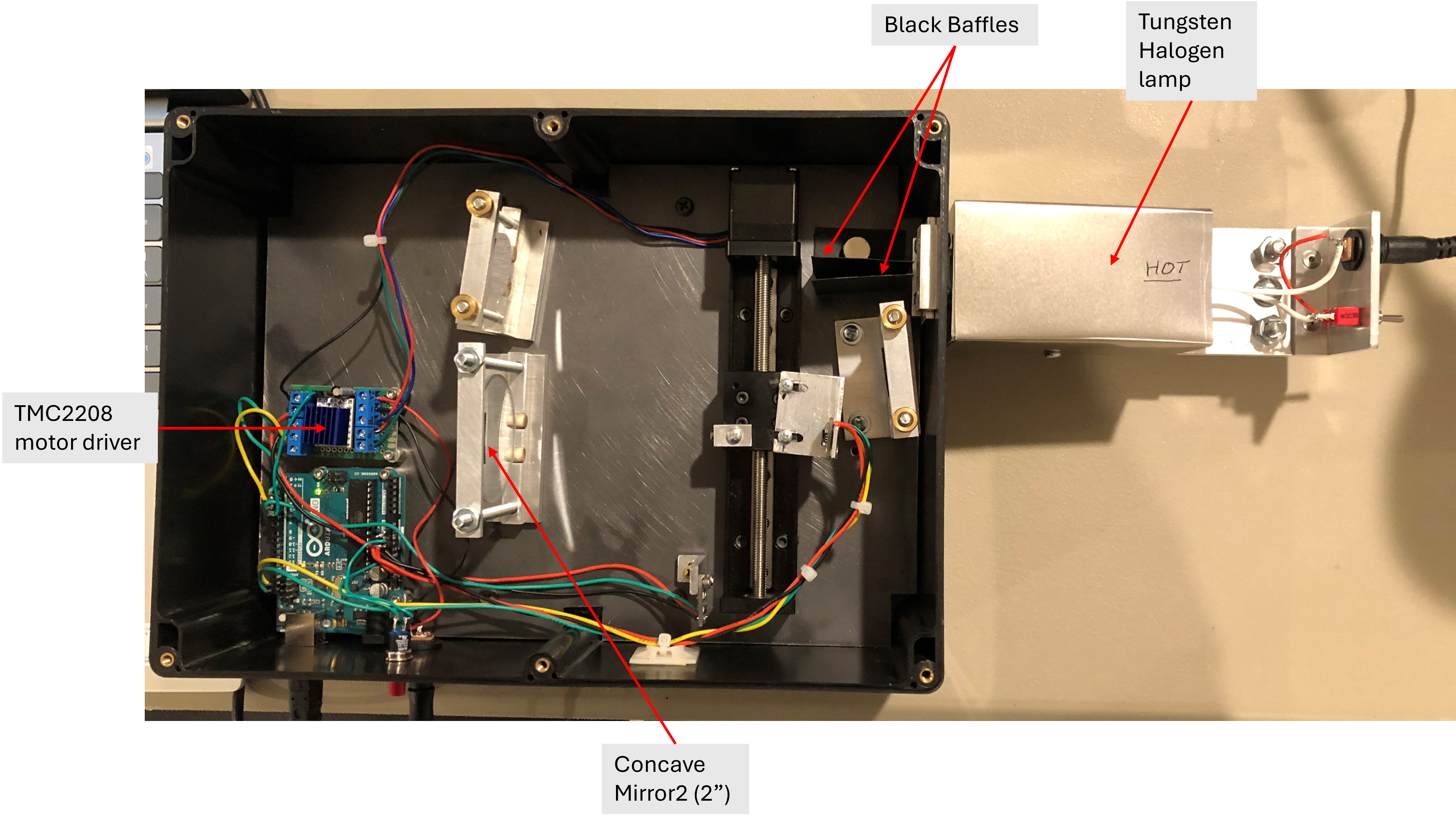











































![Some of the best accessories to pair with your Pixel 9 [Video]](https://i0.wp.com/9to5google.com/wp-content/uploads/sites/4/2024/10/Accessories-Header.jpg?resize=1200%2C628&quality=82&strip=all&ssl=1)












![iPadOS 19 Will Be More Like macOS [Gurman]](https://www.iclarified.com/images/news/97001/97001/97001-640.jpg)
![Apple TV+ Summer Preview 2025 [Video]](https://www.iclarified.com/images/news/96999/96999/96999-640.jpg)
![Apple Watch SE 2 On Sale for Just $169.97 [Deal]](https://www.iclarified.com/images/news/96996/96996/96996-640.jpg)

